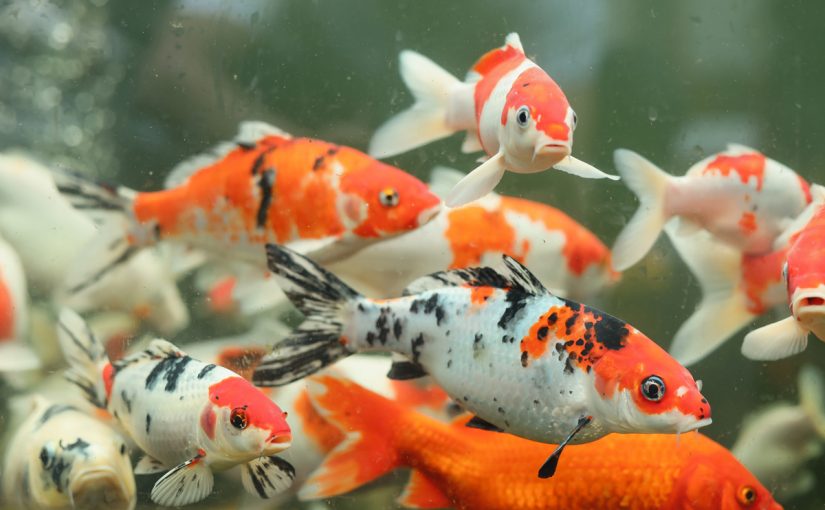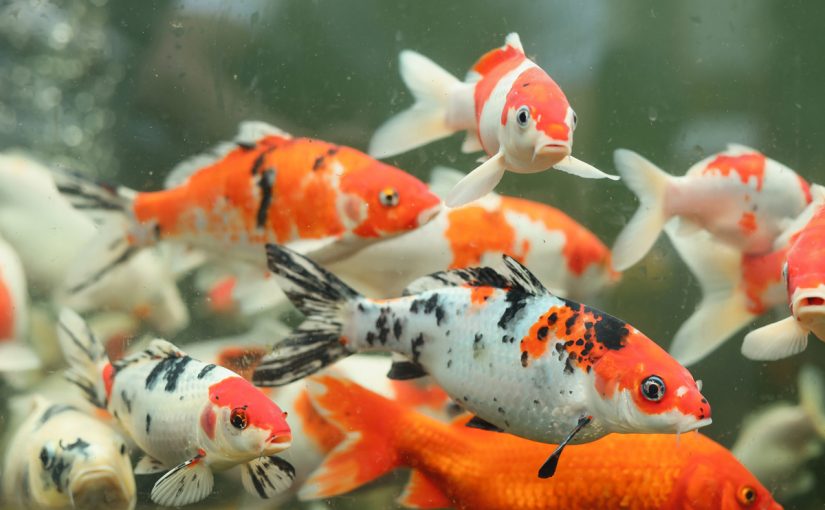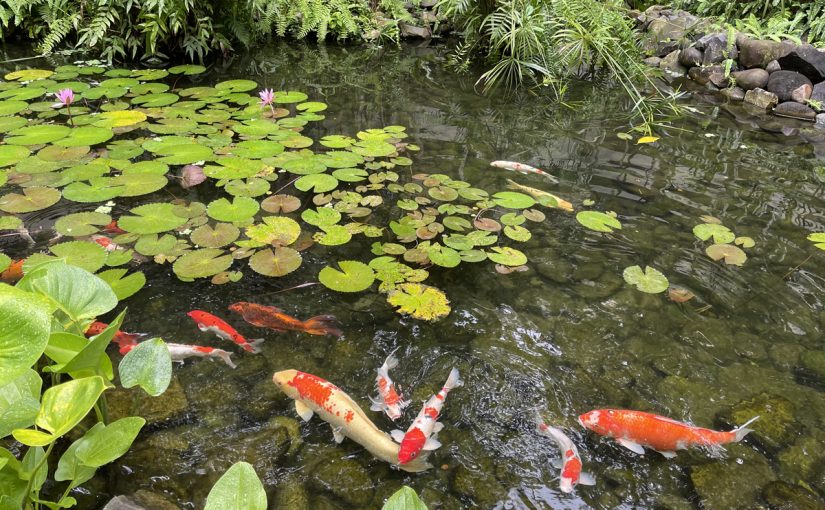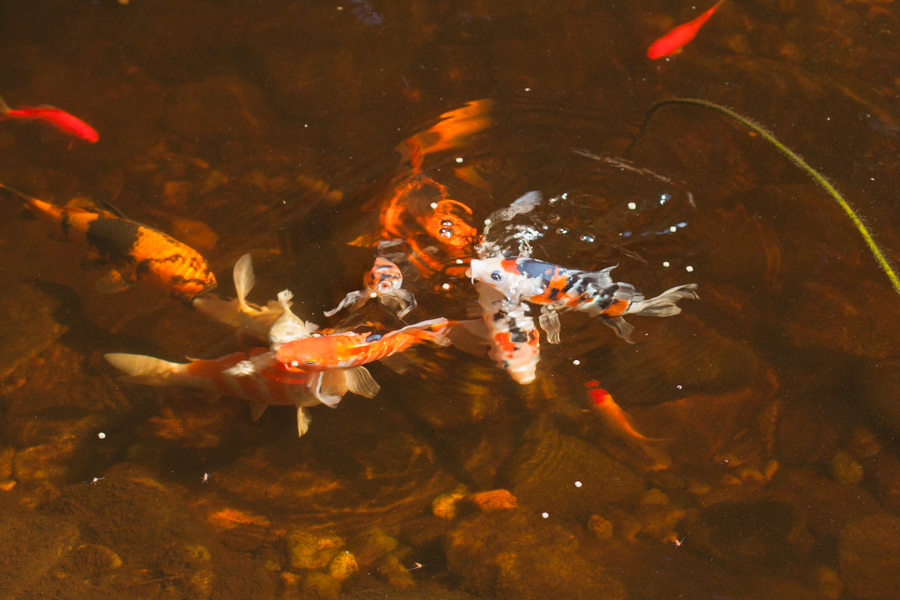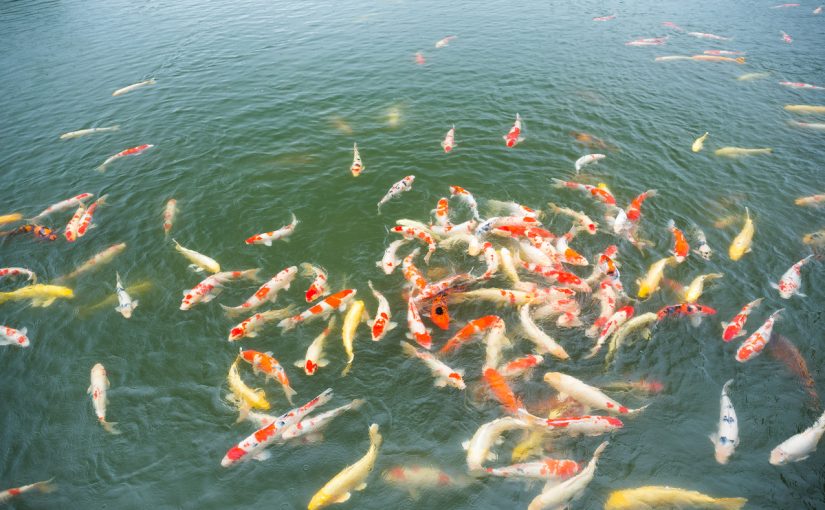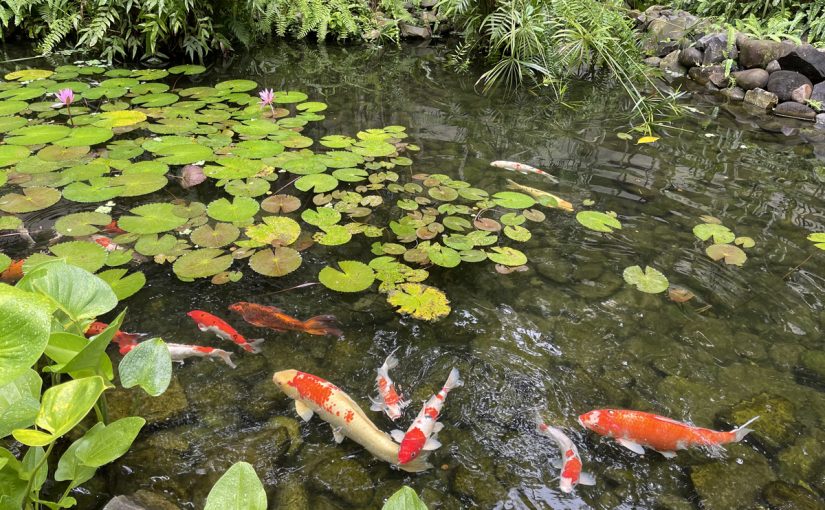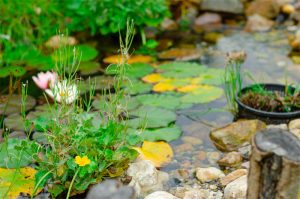Koi fish can be expensive, with costs varying based on location, size and color patterns, among other factors. These fish can cost anywhere from $8-$200,000 each, according to PremierPond.
How Mush Do Koi Fish Cost?
Here is a look at some average koi fish costs:
- Assorted Grade-A koi: $8-$20.
- Grade-A domestic koi: $10-$17.
- Large Butterfly koi: $30-$660.
- Large to extra-large koi with rare color patterns: $100-$2,500.
Rare breeds from Japan have been purchased for nearly $200,000.
What Affects The Cost Of Koi Fish?
There are six important factors that could play a role in the overall cost of koi fish. Let’s take a look at these factors below!
1. Color And Pattern
It goes without saying the better the koi fish looks, the more expensive it will be. Individuals have been breeding koi fish for centuries, which has resulted in many different colors and patterns. The bright red-orange, dark black and shinning white combination tends to be the most popular.
Koi that are yellow, gray or white are also sought-after by home and business owners. In Japan, citizens want koi that look like the Japanese flag, identified by a large red dot on their head.
2. Size
Koi fish will undoubtedly cost more when they are larger. Here is a look at some average koi fish sizes:
- Domestic koi: 12-15 inches in length.
- Japanese koi: 22-26 inches in length.
- Jumbo koi: 34-36 inches in length.
3. Age
It is easy to tell the quality of koi fish as it ages. When you purchase younger koi fish you won’t be able to tell how large they’ll get, meaning it’s hard to identify their quality.
Of course, you won’t be able to enjoy your koi for as long if you purchase older ones. These fish can live for decades depending on type and how they are cared for.
4. Sex
Females will come with a higher price tag when it comes to the highly-valued Japanese koi. The females tend to be longer with rounder fins, plus they can be used for breeding. Domestic koi will usually be cheaper.
5. Genetic Lineage
You will find that some koi can trace their ancestry back for generations. This ultimately affects the price since it’s like purchasing a purebred dog versus a mutt. Gosanke is the most valuable koi available today.
You will be able to find cheaper domestic koi at local pet shops or online. Oftentimes, domestic koi will live a better life in your backyard pond.
6. Body Shape
U.S. and Japanese koi farmers have different preferences on body shape and fin-type. Short and neat fins are more popular in Japan, for instance.
In The U.S., koi with long fins are called Butterfly koi due to the way they look. Needless to say, prices will vary based on your location and the appearance of the koi.
Phoenix Area Pond Supply
If you are looking for live fish, live plants, pond filtration, pumps, or anything else you need to start or care for your water garden or garden pond The Backyard Pond has everything you need. We serve residents of the greater Phoenix area with the best selection of Koi, plants, and all the supplies you need. Stop by or give us a call at 623-878-6695 with your questions.
